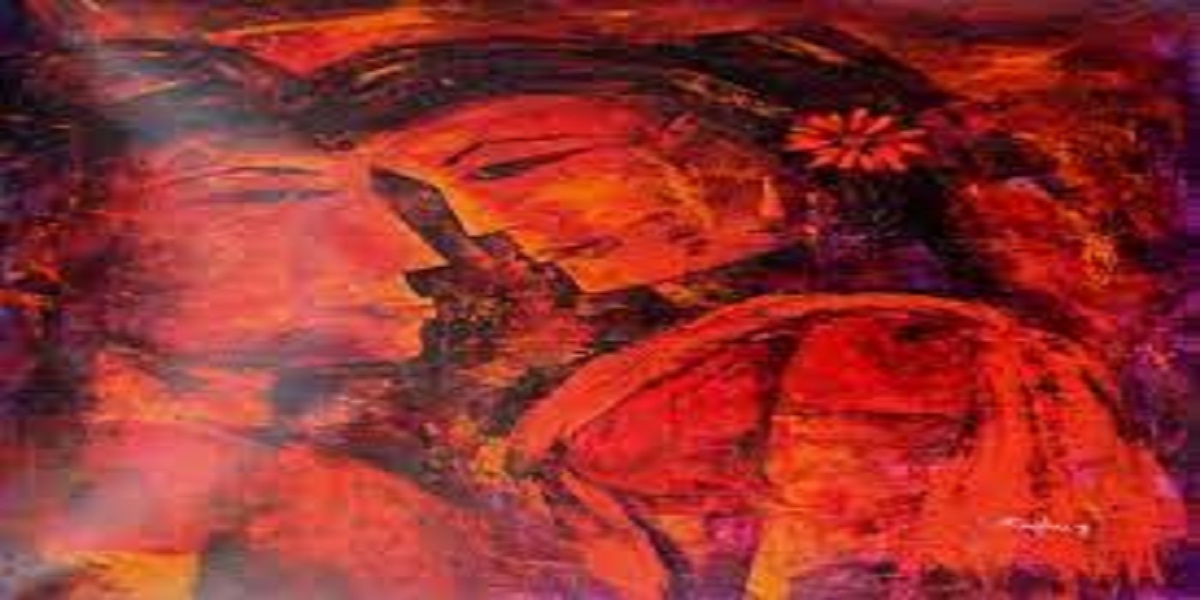Contents
Modern and contemporary art are often confused as you learn about movements and styles. Often, ‘contemporary’ and ‘modern’ are used interchangeably to describe trendy or modern products.
It’s fair to assume that modern art was created recently since ‘modern’ describes the present or recent past rather than the distant past. That’s not the case in reality. A famous example of modern art is almost 200 years old, and many famous works of modern art are produced during a particular period in the past.
Contemporary art represents art that is as of the now, typically created by artists who are living and working today. ‘Contemporary’ is the correct term to describe art of the present time.
In this article, we will explore the key differences between modern and contemporary art and how to distinguish them.
Difference Between Modern Art and Contemporary Art
There is a difference between modern art and contemporary art. The term “modern art” refers to works of art created between the 1880s and 1970s. Although modern art is more recent than renaissance art or classical art, it is far from modern.
The term contemporary art refers to works of art that are currently in production. Usually those who are still alive and creating art or those who have recently passed away or retired.
The majority of modern art consists of drawings or paintings. Technological advancements have, however, dramatically increased the range of mediums available to contemporary artists.
Artists today use a variety of mediums to express themselves. Video art, object design, digital art, graphic arts, and other forms of contemporary art can all be considered contemporary art.
Understanding, digesting, and classifying contemporary art can be challenging. Modern art, on the other hand, is easily grouped into different movements, unlike contemporary art, which has no common style.
Contemporary art is less about being visually appealing and more about drawing attention to issues of the day. This shift away from aesthetic beauty started with the modern era, but contemporary art has taken it further and has shifted the focus to the underlying concept of the work.
Contemporary art aims to be thought-provoking and often depicts a broader range of social, economic, and political issues. Topics such as racism, globalization, terrorism, oppression, poverty, and feminism are common themes of contemporary artists.
Contemporary art is often more of a discussion—a conversation between the artist and the audience. The end result is often less significant than the process by which the artist arrived there, and you as the audience are sometimes invited to be a part of that process.
Examples of Modern Art
The term ‘Modernism’ describes an era of modern art. As the world changed rapidly between the 1880s and the 1970s, so did art styles. Photography and abstraction were two of the many completely new art styles and concepts created during the modernist era.
Through their artwork, modern artists explored dreams, symbolism, abstraction, and personal iconography. Screen printing, photography, collage, and modern sculpture were all introduced to the world by other modern artists such as Angelo Accardi and David Kracov.
There were many terms that ended with ‘isms’ used to describe art movements during that time. Among the most popular modern art movements were Fauvism, Impressionism, Surrealism, Post-Impressionism, Dadaism, Cubism, and Expressionist art.
Several other art movements also use the ‘ism’, such as Pop Art, Art Deco, Art Nouveau, De Stijl, Die Brucke, and others. Many household names are among the famous modern artists, such as Pablo Piccaso, Salvador Dali, Wassily Kandinsky, Vincent Van Goh, Frida Kahlo, Mark Rothko, Jackson Pollock, Henri Mattise, Edvard Munch, and Piet Mondrian.
Examples of Contemporary Art
In contemporary art, there is no particular style or trait that unites it. Still, it can be recognized by technology-advanced mediums, social or political content, and other current topics.
‘Infinity Room’ by Yayoi Kusama is one example of contemporary art that uses technology effectively. Lights, mirrors, and music are all used in the ‘Infinity Room’ to create a multi-sensory experience. The “experiential art” style is popular in the current contemporary zeitgeist but was just a whisper in modernist times.
The use of multiple media is common among contemporary artists, even though they can use any medium, including painting. Graffiti art has been fused with performance and installation by Banksy, for instance. Alec Monopoly, for instance, incorporates mixed media materials into his artwork and depicts satirical scenes.
Famous Contemporary Artists
A wide variety of artists have used this method, including Yoko Ono, Jeff Koons, Takashi Murakami, Damien Hirst, Ai Wei Wei, Cindy Sherman, David Hockney, Tracy Emin, Banksy, Yayoi Kasuma, Takashi Murakami, and Damien Hirst. Infact, any contemporary artist is anyone who is currently working as an artist in the present day.
Similarities Between Modern Art and Contemporary Art
There are some similarities between modern art and contemporary art. Both periods were revolutionary in their own right. There have been more changes in art over the last 200 years than in any other period in history.
Despite the fact that modern and contemporary artists aimed for revolution and experimentation, modern art really allowed contemporary artists to experiment and be truly free with their creative expression.

